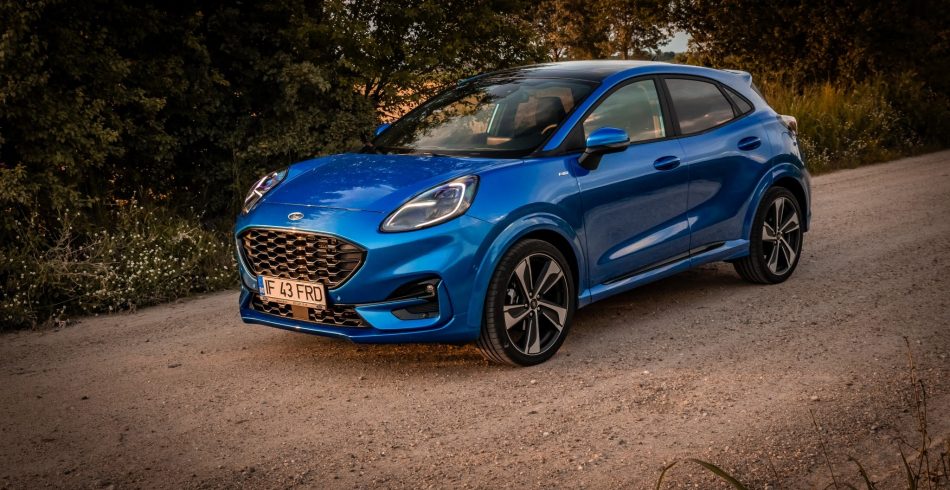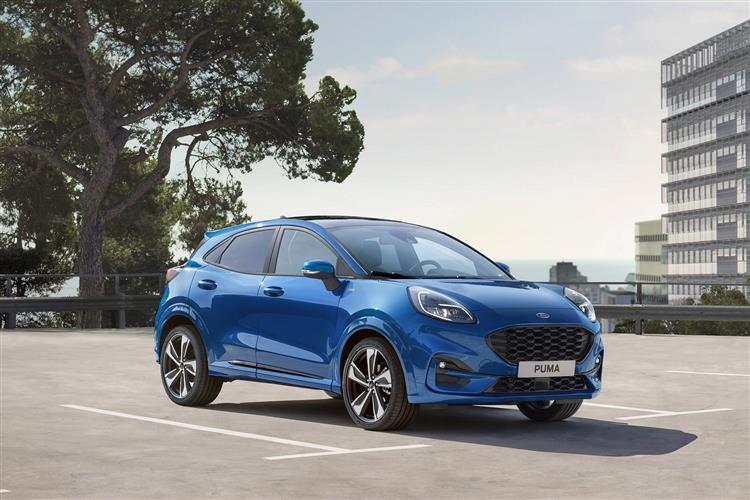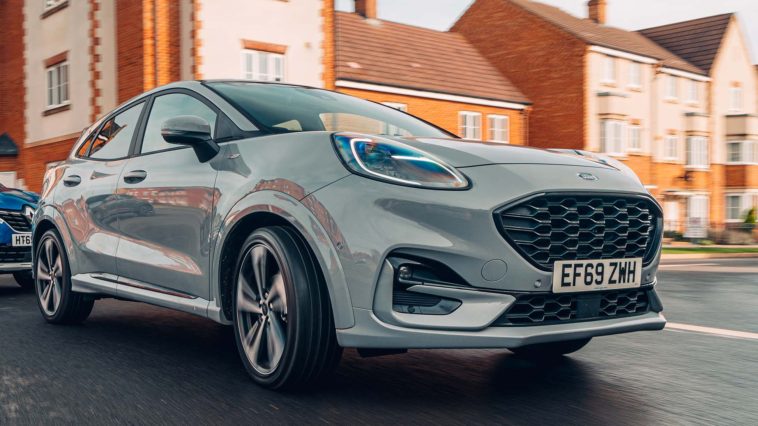In the late 1990s, Ford produced a brilliant small coupe loosely based on the Fiesta system known as the Puma. Now Ford has brought the name back and dumped it on a crossover since who would attempt selling a tiny coupe nowadays?
Just as its predecessor, the Puma is also a derivative of the Fiesta. Yet, being based on the same platform, dimensionally, it is a lot different.
First, it is 146 mm longer than the Fiesta; 54 mm higher and has a 95 mm longer wheelbase. That’s what defines a crossover.

The next two dimensional adjustments make it to a very enjoyable to drive cross-over – it’s not that much fun as the coupe Puma but at least it tends to lean to this side.
These are an increase in width by 71mm and, more importantly, the track has been widened by 58mm.
This should lead to a better planted car in the corners, as added width will negate the impact of an elevated centre of gravity.
At present, the Puma can only be purchased with a 1.0-liter three-cylinder petrol engine that comes in either 94bhp or 123bhp power ratings.
Additionally, the 123bhp version is offered with a mild hybrid system, where an electric motor allows the engine to start faster and decreases turbo lag, and consequently, Co2 emissions. In addition, the mild hybrid system is used by the 153bhp version of the engine.
I don’t quite understand why Ford doesn’t fit all Pumas with this Co2-reducing tech.
Later, Ford will offer a 1.5-liter diesel engine and the rumor machine says there’ll be a high-performance ST model.

There’s no word about a fully electric version of the car or a plug-in hybrid powertrain.
We’re testing a Puma with the 123bhp motor fitted with the mild-hybrid system, which Ford refers to as MHEV, which while not exactly dishonest does rather overstate the ‘hybridness’ of the vehicle.
Our car is in ST-Line X spec which means an on-the-road price of 30.000 USD.
The Puma’s boot floor is higher than the Fiesta’s and because the MHEV’s lithium-ion battery which lives under the boot floor is pretty small, the car’s designers have used the space to fit a square 80-liter plastic recess.
Ford calls it the Megabox.
What’s really useful is that there’s a bung in the bottom of it that allows you to wash out the box if it’s got all muddy from wellies or anything else stowed in it. Simple but useful.
Give me more of that rather than complicated driver-assistance systems that none of us asked for.




